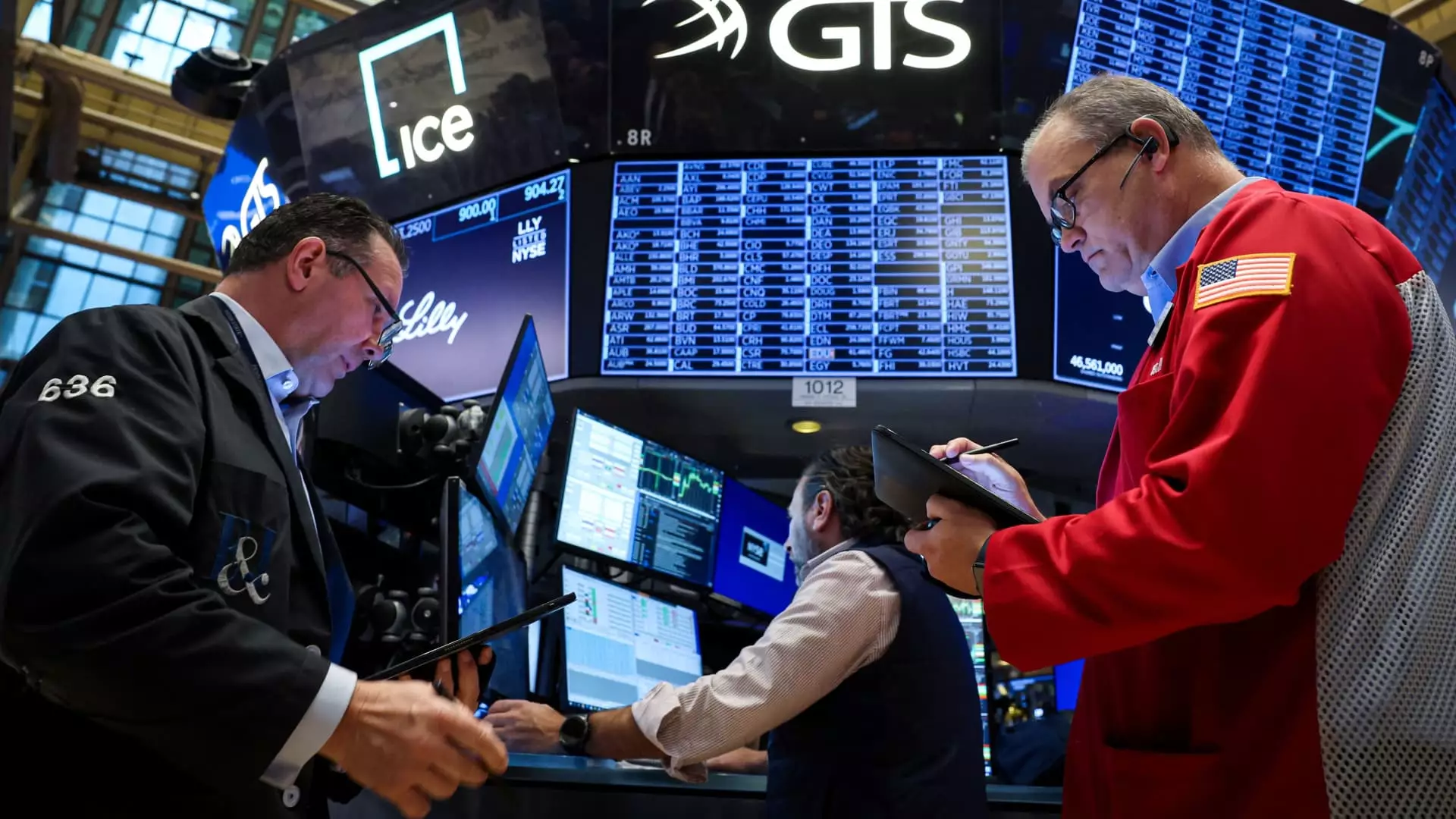As the United States edges closer to a crucial presidential election, the financial markets are reflecting the anxiety that permeates both the electorate and investors. With less than two weeks until voters cast their ballots, uncertainty looms large. Jordan Jackson, a global market strategist at J.P. Morgan Asset Management, characterizes the current market situation as “a little bit of choppiness,” revealing that many investors are understandably on edge. Last Wednesday saw the Dow Jones Industrial Average experience its most significant single-day drop since December, a decline exceeding 400 points, whereas the S&P 500 and Nasdaq indices slid 1% and 1.6%, respectively. Such market volatility isn’t unprecedented; it’s a symptom often witnessed during election cycles.
Jackson draws attention to historical trends, assuring that while election periods tend to induce market fluctuations, the usual pattern is one of resurgence as the year comes to a close. This observation offers a glimmer of hope for worried investors. A recent survey shows a striking 72% of American investors are anxious about the electoral outcome. Jackson advocates for a steadfast investment approach during this turbulent period, emphasizing the resilience of markets over time. Such optimism is underpinned by the broader economic landscape, which, despite present uncertainties, shows several signs of health.
Key indicators buttress Jackson’s bullish stance towards the markets. Following the Federal Reserve’s decision to cut interest rates by half a percentage point in September, expectations for further reductions loom on the horizon, contingent on favorable inflation trends. The Consumer Price Index (CPI) reported an annual inflation rate of 2.4% as of September—a compelling drop from the alarming 9.1% peak observed in June 2022. This significant decline provides a more stable foundation for the economy, fostering an environment where consumer spending and business investments can flourish.
Corporate performance also appears to be on an upswing. Jackson highlights that there are promising fundamentals within many sectors, although he urges investors to exercise caution and avoid making sweeping sector-specific investments based solely on electoral rhetoric. The market seems poised not just for recovery, but potentially for new peaks in the coming months.
On the consumer front, while wage growth and low unemployment figures signal positive underlying trends, the effects of price inflation are likely to resonate for a more extended period. Jackson predicts that as the year unfolds, consumers may eventually regain confidence in their spending capabilities. Observing the evolution of consumer sentiment will be critical, as it intertwines directly with economic recovery and market stabilization.
Navigating the treacherous waters of pre-election anxiety doesn’t have to spell doom for the markets. Historical patterns, coupled with promising economic fundamentals, offer a cautiously optimistic view. Investors are encouraged to maintain their positions and remain focused on the enduring resilience of the markets, setting the stage for a potentially strong year ahead.

